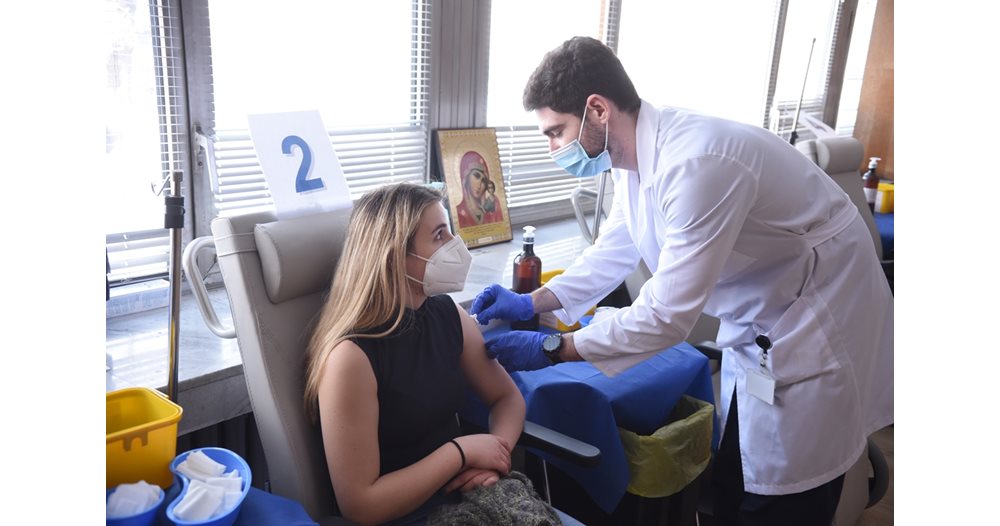Alopecia, hair loss or baldness, is a dermatological condition of the hair follicles. It is found in both women and men.
Approximately 50-100 hairs can be lost daily due to the normal growth cycle of the hair follicle. When hair loss is greater (over 150 hairs), it is important to visit a dermatologist to find out the cause and prescribe the appropriate treatment.
If you notice massive thinning or hairless areas, you may have an inherited condition called androgenic alopecia (also known as male or female baldness or baldness), the most common cause of premature hair loss.
Other factors that can cause hair loss include certain immune diseases, exposure to toxic chemicals, stress, burns, various skin conditions, and cytostatic treatment. Many medications, such as those used to treat heart disease, depression, hormonal disorders, and other conditions, can rarely cause hair loss, according to www.mayoclinic.org.
Causes and risk factors
Normal hair loss on the scalp does not cause visible thinning of the hairs, as the falling hairs are replaced by new ones.
Hair loss can be associated with the existence of certain hereditary factors, age-specific hormonal changes or other physiological (eg, pregnancy) or medical conditions, the presence of certain diseases or treatments.
Many people may experience thinning hair a few months after experiencing severe physical or emotional shock. In this case, the hair loss is temporary.
Excessive styling and some hair treatments. Some hairstyles such as hair extensions and afro braided ponytails can lead to traction alopecia. Hot oil hair treatments can lead to inflammation of the hair follicles and hair loss. If scarring occurs, hair loss can be permanent.
Treatment
There are effective treatments for some types of alopecia.
The doctor may recommend applying local treatments, using special shampoos, depending on the type of hair. It is recommended to change your lifestyle, adopt a balanced diet, including the necessary vitamins and trace elements, among other things, and hair growth.
It is also necessary to adopt measures such as: avoiding hair trauma and frequent dyeing.
Hair loss treatments include medication and surgical treatment.
Drugs
Minoxidil applied twice a day to the scalp. This over-the-counter medicine is available in a concentration of 2% or 5% liquid or 5% foam. The 5% solution is more effective in men and probably in women, although the 2% solution is recommended for women. Reduces thinning hair and stimulates hair growth in the upper scalp.
Finasteride is a prescription drug that is given orally. The drug lowers the level of one of the hormones associated with androgenetic alopecia, but it has been shown to be effective only in men and is not approved for use in women.
For men, other treatment options for alopecia are dutasteride, and for women oral contraceptives or spironolactone, according to www.health.harvard.
Hair transplant
One option for treating alopecia is hair transplantation. The procedure involves transplanting healthy hair follicles from other parts of the scalp to areas affected by baldness. The procedure involves two to three sessions, lasting almost four months. It is very likely that in the case of hereditary alopecia, alopecia will progress despite the surgical treatment.
Other surgical procedures include scalp reduction (removal of bald spots from the scalp, bringing the hairy areas together) and transplantation of the scalp flaps (by moving the hair segments of the scalp to the bald areas).
Hair loss prevention
There are several measures to help prevent hair loss in other situations:
- Avoid pulling your hair compulsively
- Treat your hair gently when combing or washing it.
- Avoid excessive hair treatments.
- Limit the administration of medications and supplements that can cause hair loss.
- Protect your hair from sunlight or other sources of ultraviolet light.
- Stop smoking. Some research shows an association between smoking and baldness in men.
- If you are undergoing chemotherapy, ask your doctor about a cooling cap that reduces hair loss during chemotherapy.
–


